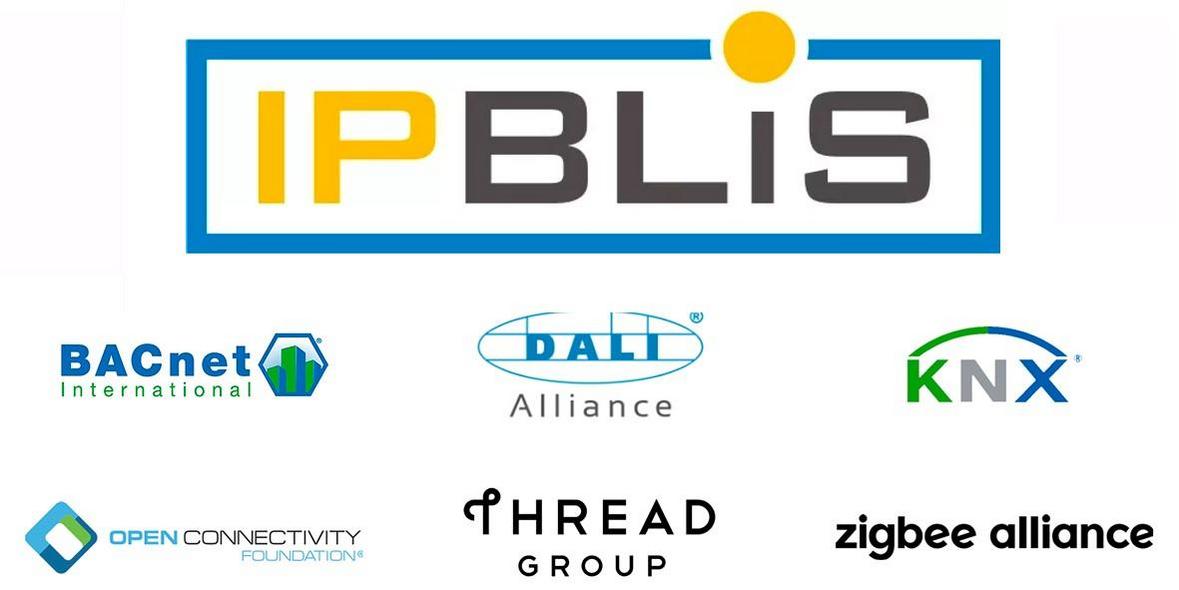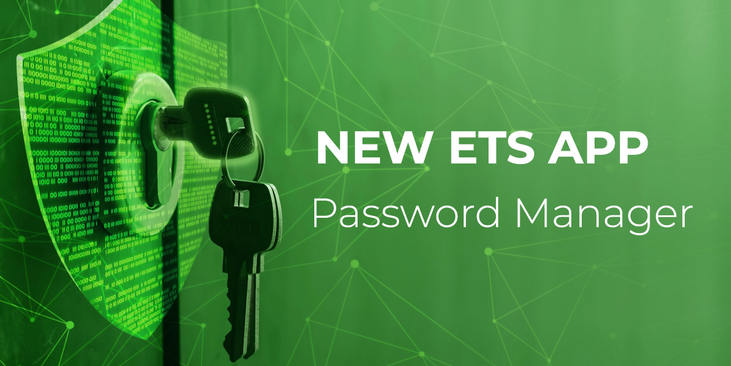22. Mar 2021
The IP-BLiS Initiative: preparing digitalised buildings for a cyber-secure future

Yasmin Hashmi of KNXtoday explains why a host of international standards have joined together to facilitate a cyber-secure future in smart buildings.
The imperative for the digitalisation of buildings is clear; they generate nearly 40% of annual greenhouse gas emissions, and thanks to the COVID pandemic, places of work and leisure are having to be reimagined. The momentum to make buildings more efficient and responsive to users is growing, and if the pandemic and climate catastrophes have taught us anything, it is that there is no time to waste and global cooperation is key.
We also know that communication within and between buildings will be based on IP, and will include more and more IoT devices. The question is, given the disparate IP solutions available within the building controls industry, how do we ensure the smoothest transition to an automated future, and that the solutions we put in place are secure over the long-term, against the constant threat of cyber-attack?
Industry cooperation through IP-BLiS
Recognising that a secure common communication network is essential, key players in the building and lighting controls industry have come together to set up IP-BLiS (IP-Building import_contentamp; Lighting Standards). Let's be clear; IP-BLiS is not creating a new standard. Rather, it describes common processes that will guarantee cyber security when using an IP backbone infrastructure.
IP-BLiS so far includes: BACnet International, DALI Alliance, KNX Association, Open Connectivity Foundation, Thread Group and the Zigbee Alliance. It works as a marketing multi-association liaison group rather than a legal entity. There is no paid membership, and other organisations are welcome to join.
Objectives
The goal of IP-BLiS is to make commercial buildings more responsive to the needs of users by promoting a secure, multi-standard, IP-based harmonised IoT solution. It will guarantee cyber security, be in line with the EU's EPBD (Energy Performance of Buildings Directive) and will help to reduce costs and installation efforts.
How IP-BLiS will work
IP-BLiS will provide a feedback channel between customers and the various member associations, consulting with the market in order to establish the best ways forward, and to promote best practices to professionals.
As Arnulf Rupp, a Director of the Thread Group, says, "Despite our separate trade associations, we share many of the same issues. And while each group has its own IP-based solution, IP-BLiS represents the industry's commitment to harnessing and delivering the intrinsic potential of IP."
Rupp explains further, "To date, those responsible for commercial buildings have had no choice but to use multiple IP and non-IP technologies. As a result, their ability to automate functionality is limited - which impacts their tenants' experience - and system maintenance is considerably more challenging. To address that, we've unified our approach within IP-BLiS. Because we all share a common IP network, we're able to provide the best support for all ecosystems represented in IP-BLiS. Plus, because IP transports neutrally support application layers' security, customers are assured that, no matter which IP network they use, its security will be fully respected and maintained."
KNX Association President, Franz Kammerl, likens this to the EU passport system. "Each country has its own passport and security system in the background, but it is all part of an agreed superstructure. Similarly, gateways will be provided for the different systems to the IP network, but these will be software rather than hardware."
With the IoT Cybersecurity Improvement Act enacted into US law in December 2020, there is now an obligation for manufacturers and installers to take a security-by-design approach. Brian Scriber, Officer of the Board of Directors of the Open Connectivity Foundation, notes, "Installing and commissioning building and lighting control systems might take days or weeks, but we now need to consider the lifecycle of the system from a security perspective, which requires greater collaboration between organisations involved in the building automation supply chain."
Initial steps
According to Paul Drosihn, DALI Alliance General Manager, trade organisations must have the answers ready before their customers start asking. IP-BLiS must therefore describe the common processes that will keep IP security at the forefront, and these could be based on existing standards. As he notes, "The technical solutions are almost there, it is just a question of the different associations developing the tools to implement this."
Who will benefit from IP-BLiS?
Mak Joshi, Vice Chair and Board member of the Zigbee Alliance, suggests that "digitalisation of buildings and IP convergence are the megatrends, with a potential upside for everyone in the value chain; building owners and facility managers, specifiers, architects, planners, systems integrators, maintenance service providers, IT/OT managers - just to name a few. To achieve the upside, adoption by this value-chain will be key. Therefore, it is crucial that standards organisations include adequate representation of the various stakeholders and their interests in the standards evolution process."
How to get involved
This is a great time for standards organisations and members of the IoT community to get involved and build on the megatrends mentioned above. All relevant trade associations are welcome to join IP-BLiS. The website below provides up-to-date information about IP-BLiS activities and details about how to get involved.
Highlights
-
 News
NewsThe KNX Journal 2025 is now available
The latest edition of our annual smart home and building solutions magazine has arrived. The KNX Journal 2025 offers ... -
 News
NewsNew ETS App: Password Manager
The ETS Password Manager is a powerful new ETS App introduced in ETS 6.3 that eliminates the need to repeatedly enter ... -

